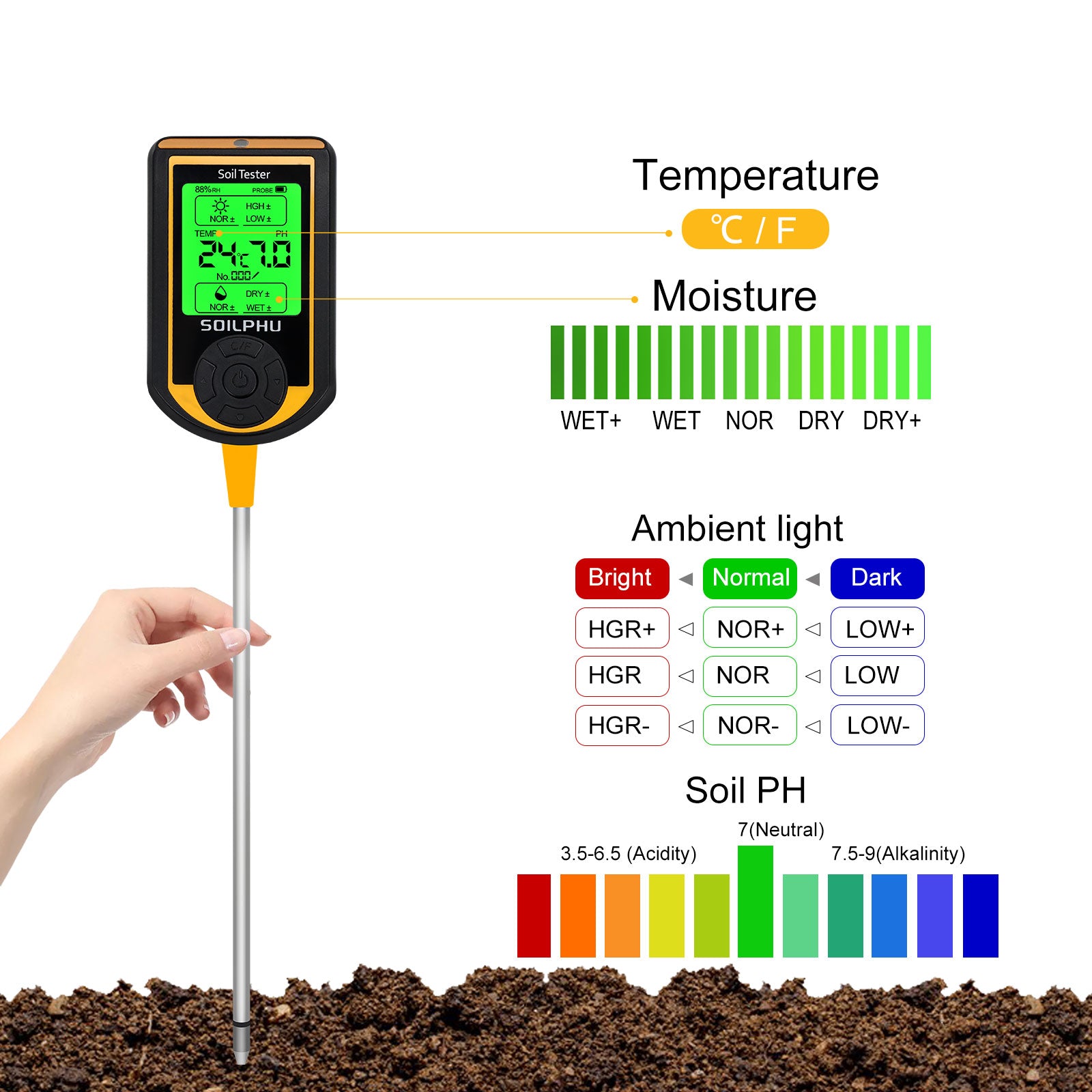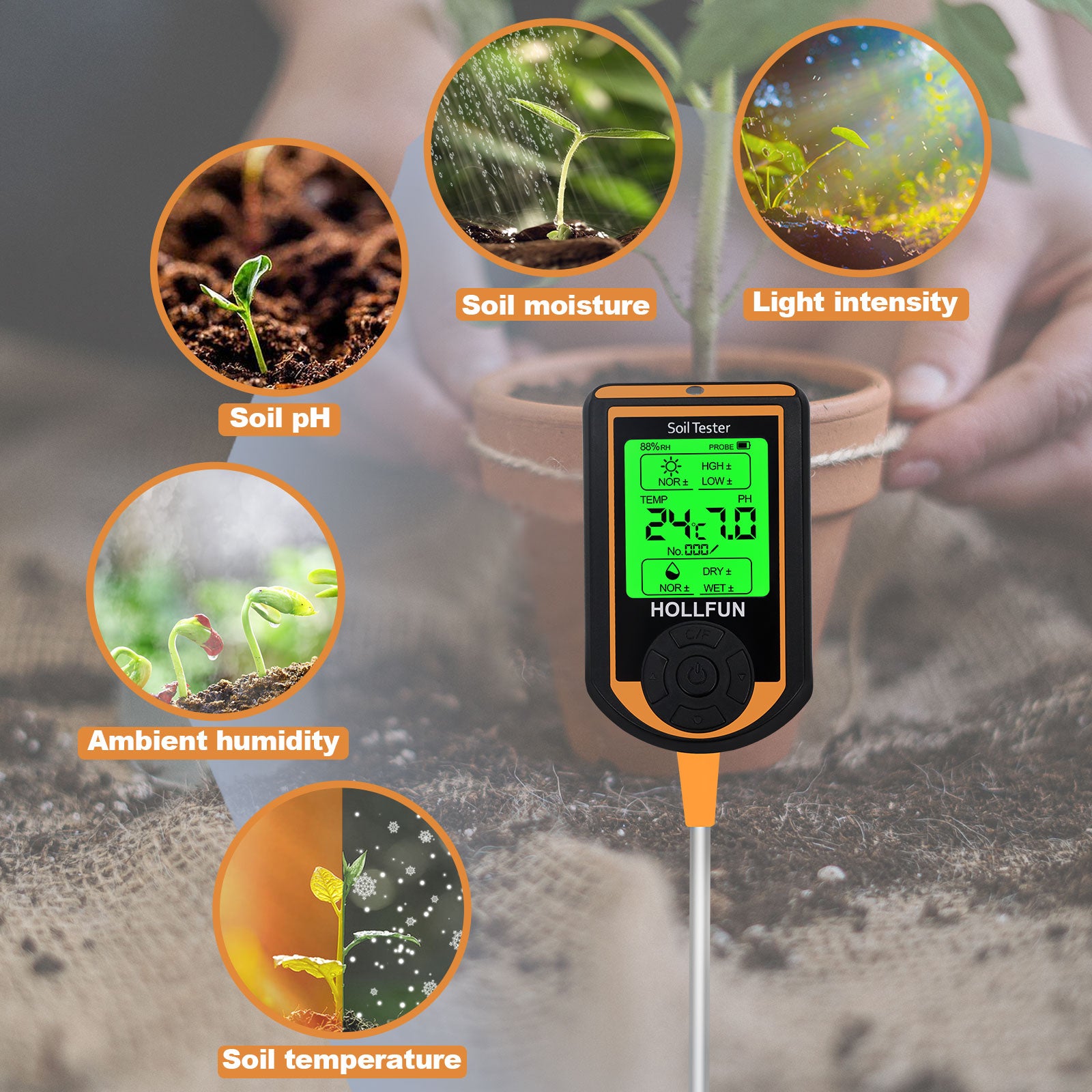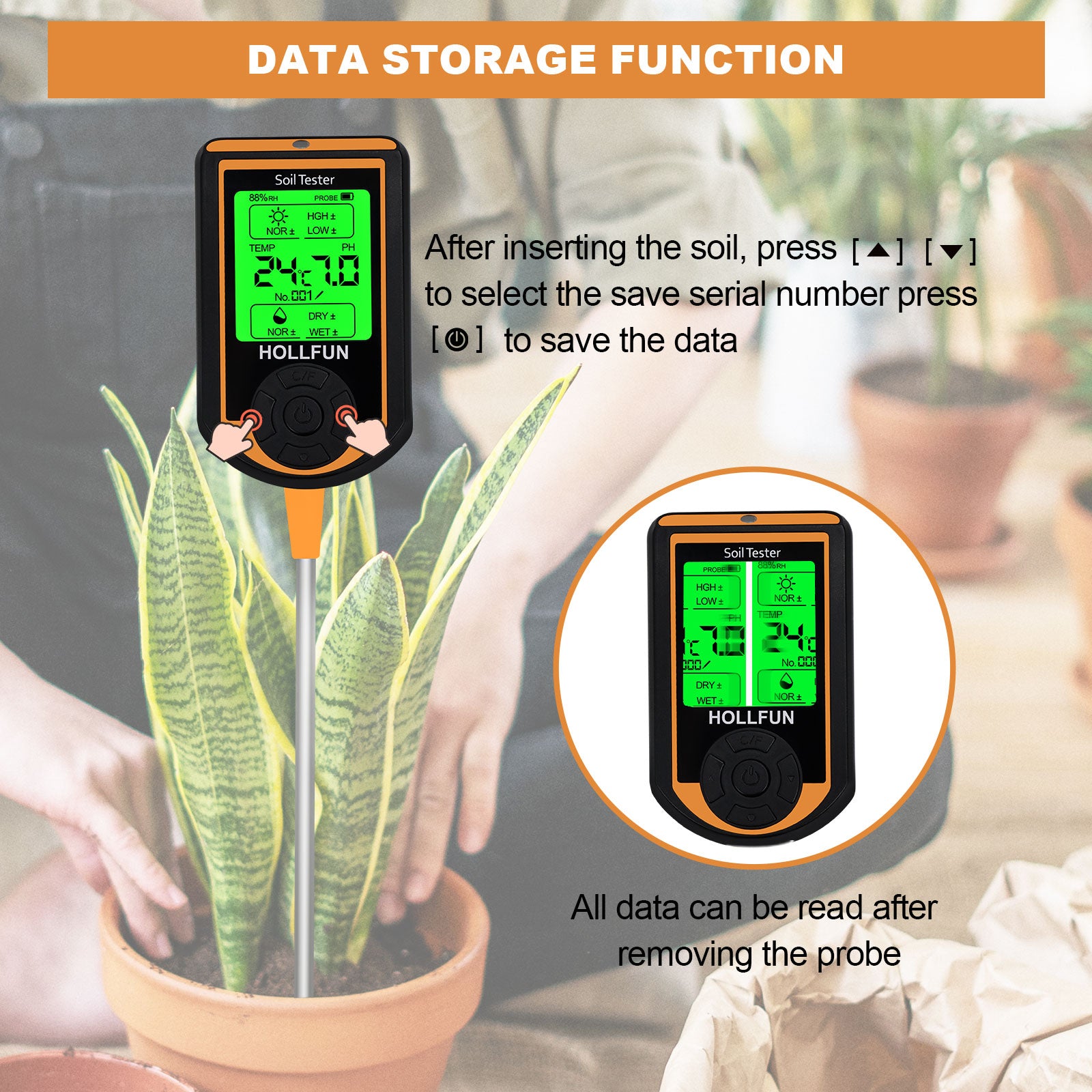Introduction
- Lily of the Valley (Convallaria majalis) is a charming and fragrant perennial plant that is cherished for its dainty, bell-shaped white flowers and sweet scent. These woodland wonders make a delightful addition to any garden, and their resilience and low maintenance requirements make them an excellent choice for both novice and experienced gardeners. In this blog, we'll guide you through the process of planting and caring for Lily of the Valley to ensure your garden is graced with these elegant blooms.
Choosing the Right Location
- Before you dive into planting Lily of the Valley, it's essential to select the perfect location in your garden. These shade-loving plants thrive in cool, moist, and well-drained soil. Here are some key considerations:
- Shade: Lily of the Valley prefers partial to full shade, making it an excellent choice for areas under trees, along the north side of buildings, or in woodland gardens. They can tolerate morning sun but should be shielded from harsh afternoon rays.
- Soil: Ensure the soil is well-drained and rich in organic matter. You can improve the soil's quality by incorporating compost or peat moss.
Planting Lily of the Valley
- Once you've chosen the right location, it's time to get your hands dirty and plant your Lily of the Valley. Follow these steps for a successful planting process:
- Timing: Plant Lily of the Valley in early spring or late autumn when the weather is cool and moist. This allows them to establish their roots before the hot summer months.
- Prepare the soil: Dig a hole that is about 6 to 8 inches deep and wide enough to accommodate the root system. Add organic matter, such as compost or peat moss, to the soil and mix it well.
- Rhizome division: Lily of the Valley spreads through underground rhizomes. To plant, you can either use established pips or divide mature plants. Gently separate the rhizomes into small sections, ensuring each has a bud and roots.
- Planting depth: Place the rhizomes about 1-2 inches deep in the soil, making sure the bud is facing upwards. Space them 6 to 12 inches apart to allow for their natural spreading.
- Water and mulch: Water the newly planted Lily of the Valley thoroughly to settle the soil and provide ample moisture. Then, mulch the area with a layer of organic mulch like wood chips or leaf litter to retain moisture and keep the soil cool.
Caring for Lily of the Valley
- Maintaining a healthy Lily of the Valley patch is relatively easy, but some regular care can ensure the best results:
- Watering: Keep the soil consistently moist, especially during dry spells. Avoid overwatering, as soggy soil can lead to root rot.
- Fertilizing: Lily of the Valley typically doesn't require much fertilization. You can provide a light application of a balanced, slow-release fertilizer in early spring to encourage healthy growth.
- Weeding: Keep the area around your Lily of the Valley free from weeds, as they can compete for nutrients and moisture.
- Divide and conquer: Every few years, divide mature Lily of the Valley plants to maintain their vigor. Early autumn is an ideal time for this.
- Pests and diseases: Lily of the Valley is relatively pest and disease resistant. However, watch for slugs and snails, which may nibble on the leaves.
Conclusion
- Planting Lily of the Valley can bring a touch of elegance and fragrance to your garden. With the right location, proper planting techniques, and some basic care, you can enjoy these delightful blooms year after year. So, get ready to transform your shaded garden spaces into a mesmerizing sanctuary with the beauty of Lily of the Valley. Happy gardening!











